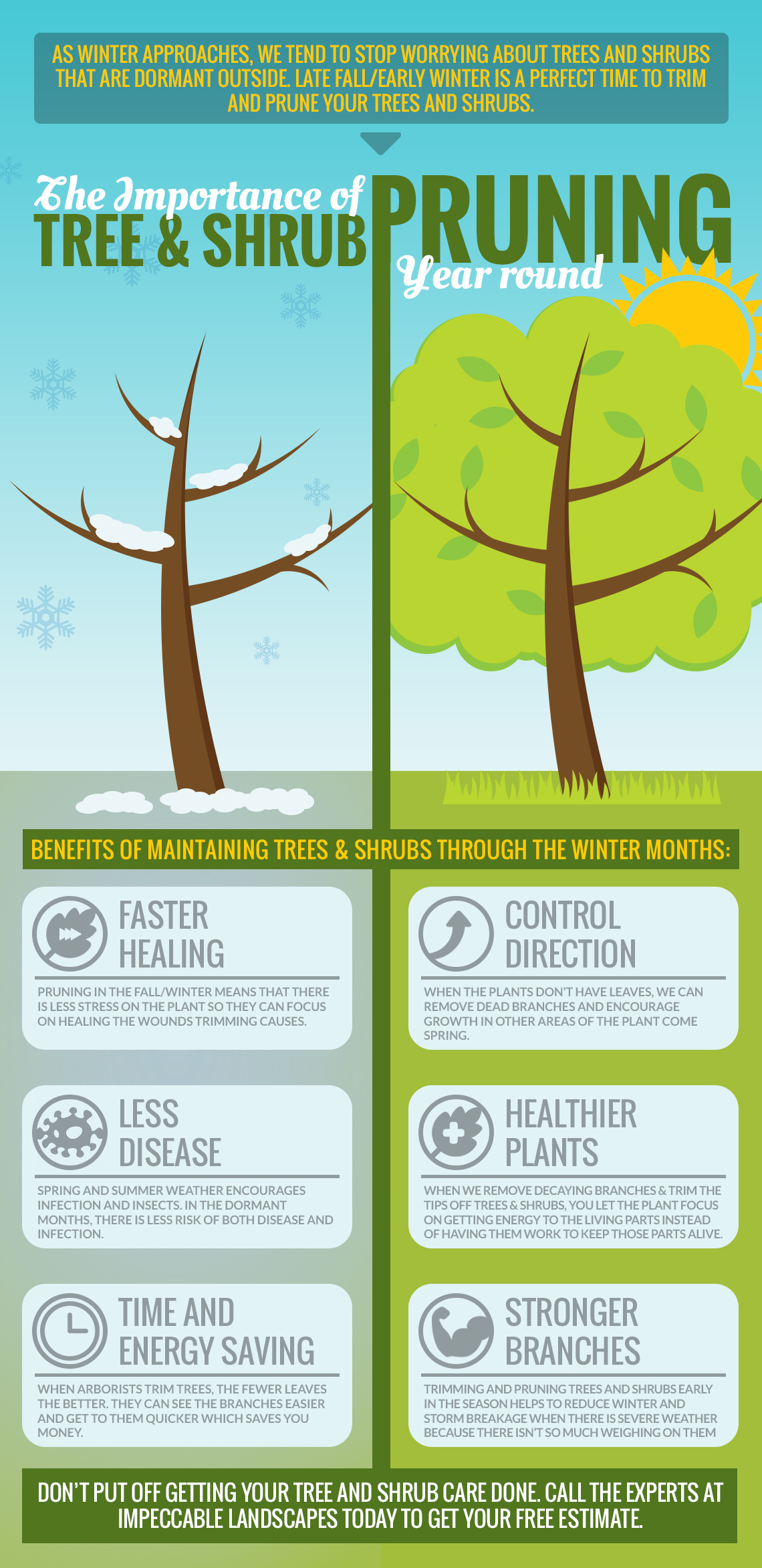Identifying The Need For Tree Elimination: A Guide For Homeowners
Identifying The Need For Tree Elimination: A Guide For Homeowners
Blog Article
Write-Up By-Rollins Bendixen
Trees include elegance and value to residential or commercial property, but they can also present a threat throughout severe weather occasions. If a tree has actually stopped expanding, is showing visible fungal growth, or has a leaning trunk, it ought to be gotten rid of by a specialist to prevent residential or commercial property damage and injury.
For more information, attend a home owner resource fair co-hosted by HPD, the Facility for New York City Neighborhoods, and Brooklyn-based real estate partners this evening in Bedford-Stuyvesant. The event will include the House owner Manual, a brand-new guide to assist house owners browse the obligations of owning a home.
1. Dead or Dying Branches
Trees are an essential part of your home's landscape, offering color and charm. They also give shelter for wild animals and create oxygen, however also healthy trees can experience illness that may require their elimination. Dead or dying trees aren't just unsightly, they can be unsafe. Their branches might drop during a tornado, causing expensive residential or commercial property damage and injuries.
When a tree's branches begin to die, it implies that its framework is starting to break down. If the majority of its branches are dead, it is most likely time to remove it.
Seek a lack of brand-new growth, bark peeling, open injuries or tooth cavities, fungi expanding on the trunk or origins and a basic look of decay in the whole cover. These indicators of infection can indicate a serious trouble that will certainly call for professional tree services to solve.
2. Leaning Trunk
While it's typical for trees to lean once in a while as a result of phototropism, if a tree has a hazardous or severe lean that's not because of natural processes - it could be a sign that the tree needs to be gotten rid of. If the tree is favoring a high-voltage line, home, lorry, play framework or any other area that could be dangerous to individuals if it falls, then calling an expert tree service for elimination should be a leading concern.
It's also important to watch for any type of sudden changes in a tree's leaning as it can suggest damage to the roots or trunk that may bring about dropping. This is especially true during stormy weather, considering that high winds and rain-soaked soil can cause a lean to change promptly. https://www.popularmechanics.com/home/lawn-garden/how-to/g2581/landscaping-ideas-for-low-maintenance-yard/ , especially during and after storms can help homeowners recognize possible troubles with their trees so they can call an arborist for a comprehensive evaluation.
3. Parasite Infestation
Some pest invasions, such as wood-boring bugs like emerald ash borer or sap-suckers like range bugs, are so serious that they can create a tree to die. The very best method to prevent pest problem is to check your trees on a regular basis. Look for spots, holes, or stainings in the fallen leaves and bark. Examine the trunk for splits and signs of insect damage, such as tunnels or tracks.
If a tree comes to be too ravaged with parasites, or is close to a home or power lines, an arborist may advise removal. If https://docs.google.com/spreadsheets/d/1ohgO0eP2OrjhLFua_PEGWjxOLPegFffeRmpPWbMstdc/edit?usp=drive_link leaning tree develops a brand-new, unstable lean, an arborist will likely recommend removal also to ensure the safety and security of individuals and home. If a damaged or dead tree continuously sheds too much branches, it is a sign that it is time to get rid of the tree. If a tree remains to drop branches for a prolonged amount of time, it might lead to architectural troubles and possible home damages.
4. Damaged Trunk
Trees are a gorgeous and vital part of our landscape, however they do require normal like maintain them healthy and balanced and risk-free. If a tree is damaged irreparable it is likely time for it to find down.
Look for indications of damage to the trunk, consisting of upright fractures, seams, dead branch stubs, visible injuries or open tooth cavities and severe tree-rot. The presence of fungi at the base of the trunk is another cautioning sign. Fungi may suggest that the phloem and xylem (life-support cells) are endangered, permitting the spread of disease or a future failing.
Additionally, consider whether the tree has stopped expanding. Healthy trees will certainly have brand-new growth annually, which might be visible as buds or branches growing and extending. If you don't see any brand-new growth, it's an excellent concept to have an arborist assess the tree and follow their recommendation for removal. A dying or harmed tree can drop and cause residential property damages.